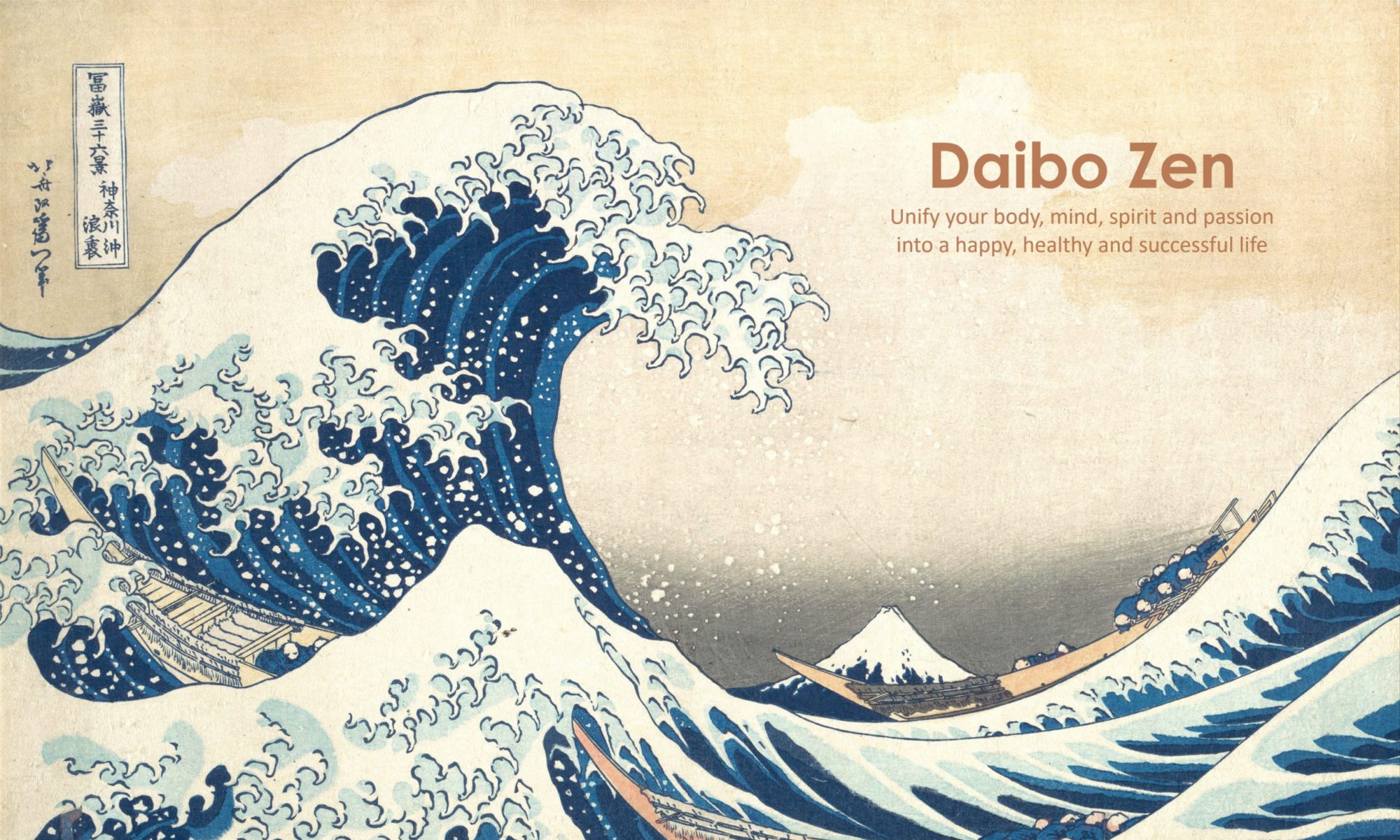
Yun Men (Ummon) was successor to Hsueh Feng (Seppo) and was founder of the Ummon School of Zen Buddhism. This school of Zen is described as a Bright Red Flag upon a Distant Mountain (easy to see, difficult to approach). Ummon’s school is deep and difficult to understand since its mode of expression is indirect; while it talks about the south, it is looking at the north.
Ummon said to the community, “Within heaven and earth, through space and time, there is a jewel, hidden inside the mountain of form.”
We all know that we are intrinsically Buddha. But through our delusions and preconceived modes of behavior, we fail to realize this fundamental fact. Ummon, in his unwavering compassion, gives us a glimpse into this dilemma. Like a grandmother chewing our food for us he gives us, “there is a jewel, hidden inside the mountain of form.” Tell me, how is it hidden when it is in plain sight?








